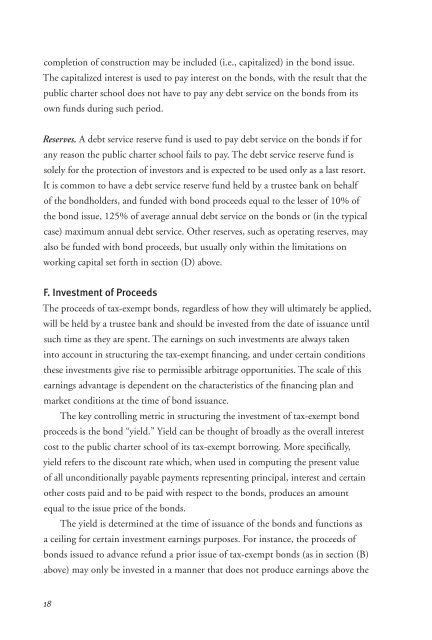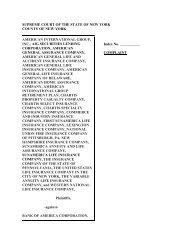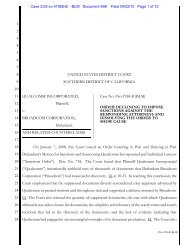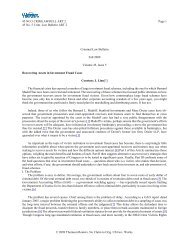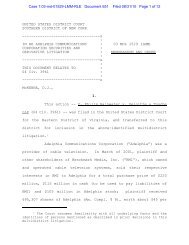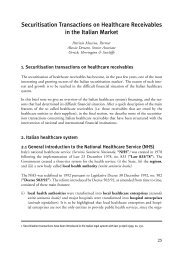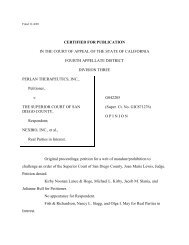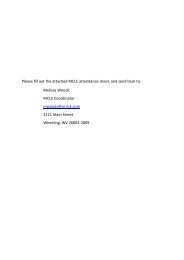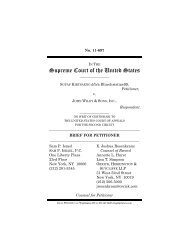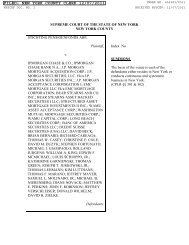Public Charter Schools Borrowing With Tax-Exempt Bonds, Second ...
Public Charter Schools Borrowing With Tax-Exempt Bonds, Second ...
Public Charter Schools Borrowing With Tax-Exempt Bonds, Second ...
Create successful ePaper yourself
Turn your PDF publications into a flip-book with our unique Google optimized e-Paper software.
completion of construction may be included (i.e., capitalized) in the bond issue.<br />
The capitalized interest is used to pay interest on the bonds, with the result that the<br />
public charter school does not have to pay any debt service on the bonds from its<br />
own funds during such period.<br />
Reserves. A debt service reserve fund is used to pay debt service on the bonds if for<br />
any reason the public charter school fails to pay. The debt service reserve fund is<br />
solely for the protection of investors and is expected to be used only as a last resort.<br />
It is common to have a debt service reserve fund held by a trustee bank on behalf<br />
of the bondholders, and funded with bond proceeds equal to the lesser of 10% of<br />
the bond issue, 125% of average annual debt service on the bonds or (in the typical<br />
case) maximum annual debt service. Other reserves, such as operating reserves, may<br />
also be funded with bond proceeds, but usually only within the limitations on<br />
working capital set forth in section (D) above.<br />
F. Investment of Proceeds<br />
The proceeds of tax-exempt bonds, regardless of how they will ultimately be applied,<br />
will be held by a trustee bank and should be invested from the date of issuance until<br />
such time as they are spent. The earnings on such investments are always taken<br />
into account in structuring the tax-exempt financing, and under certain conditions<br />
these investments give rise to permissible arbitrage opportunities. The scale of this<br />
earnings advantage is dependent on the characteristics of the financing plan and<br />
market conditions at the time of bond issuance.<br />
The key controlling metric in structuring the investment of tax-exempt bond<br />
proceeds is the bond “yield.” Yield can be thought of broadly as the overall interest<br />
cost to the public charter school of its tax-exempt borrowing. More specifically,<br />
yield refers to the discount rate which, when used in computing the present value<br />
of all unconditionally payable payments representing principal, interest and certain<br />
other costs paid and to be paid with respect to the bonds, produces an amount<br />
equal to the issue price of the bonds.<br />
The yield is determined at the time of issuance of the bonds and functions as<br />
a ceiling for certain investment earnings purposes. For instance, the proceeds of<br />
bonds issued to advance refund a prior issue of tax-exempt bonds (as in section (B)<br />
above) may only be invested in a manner that does not produce earnings above the<br />
18


